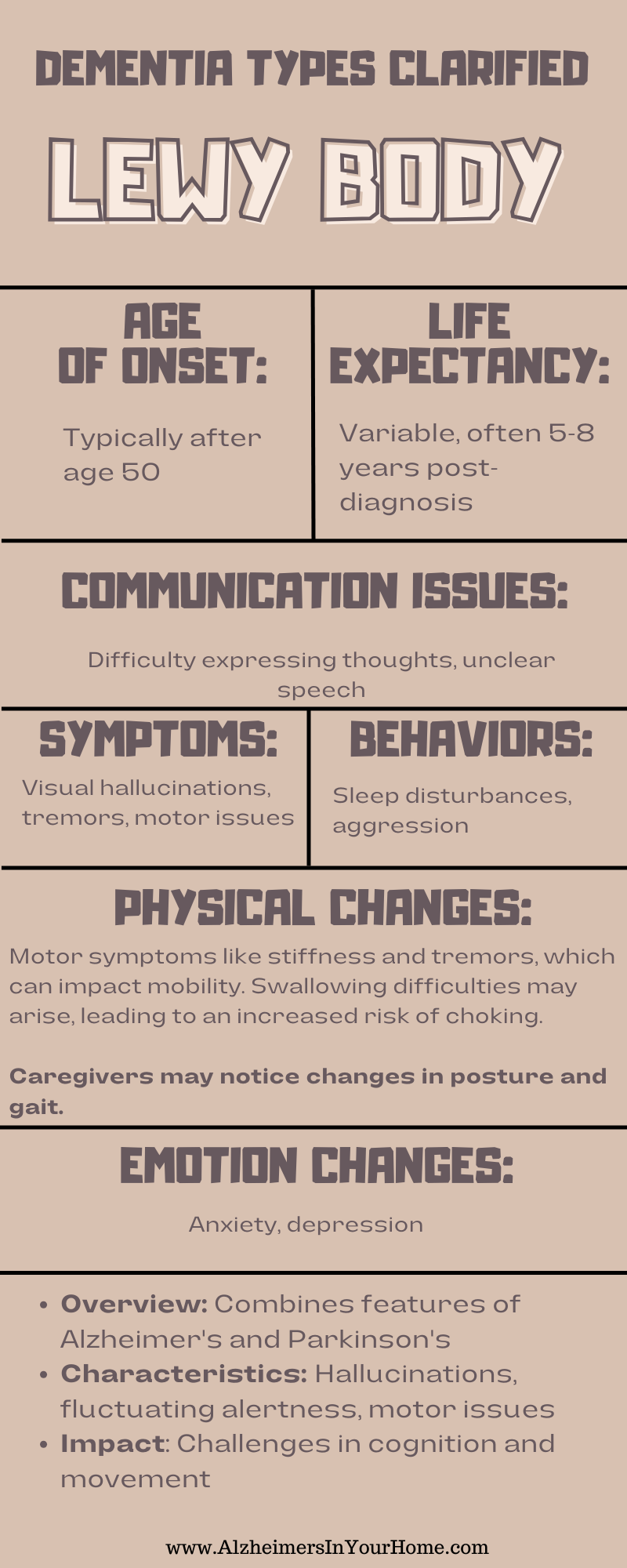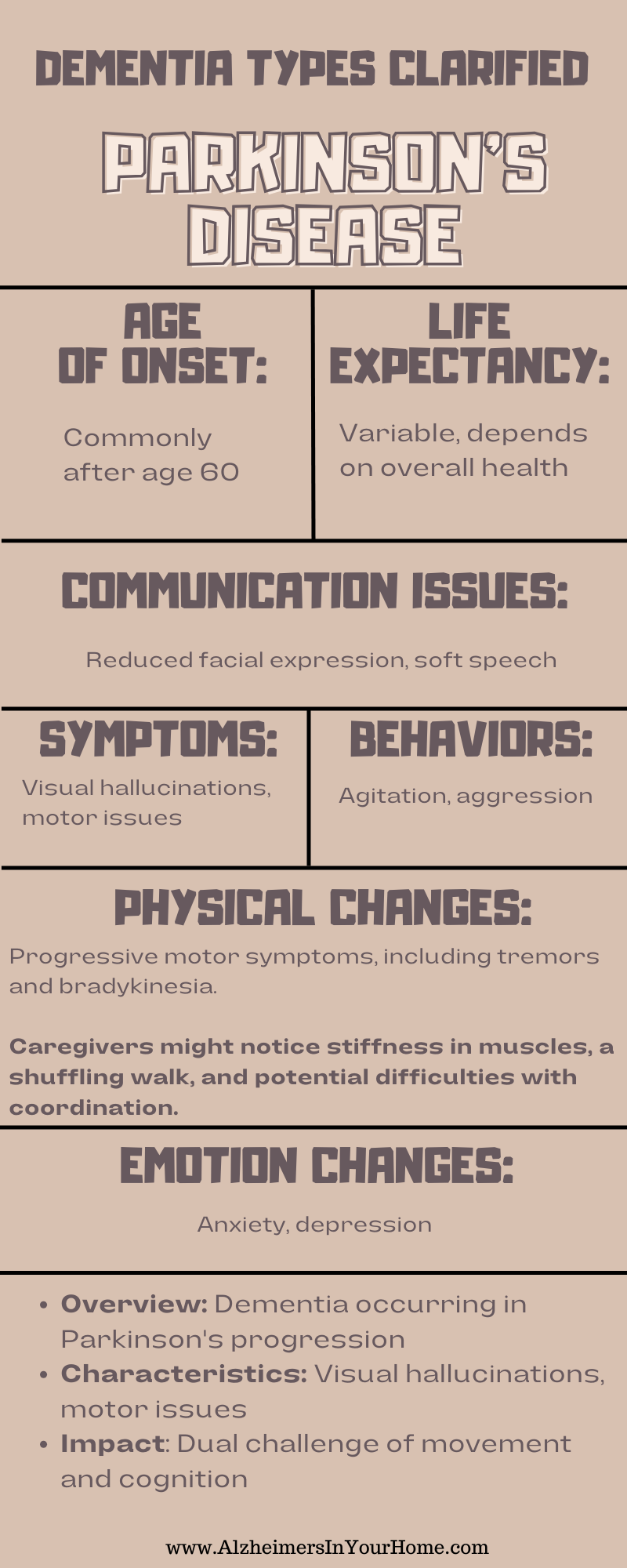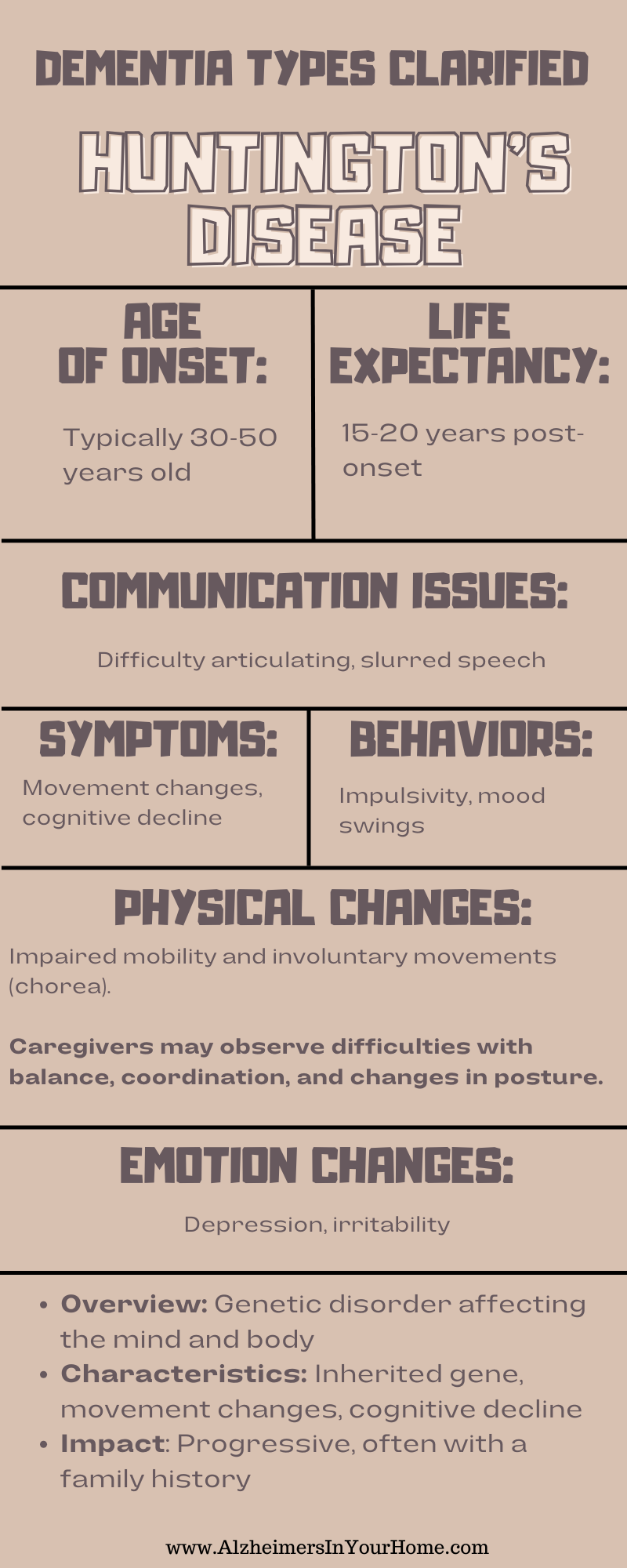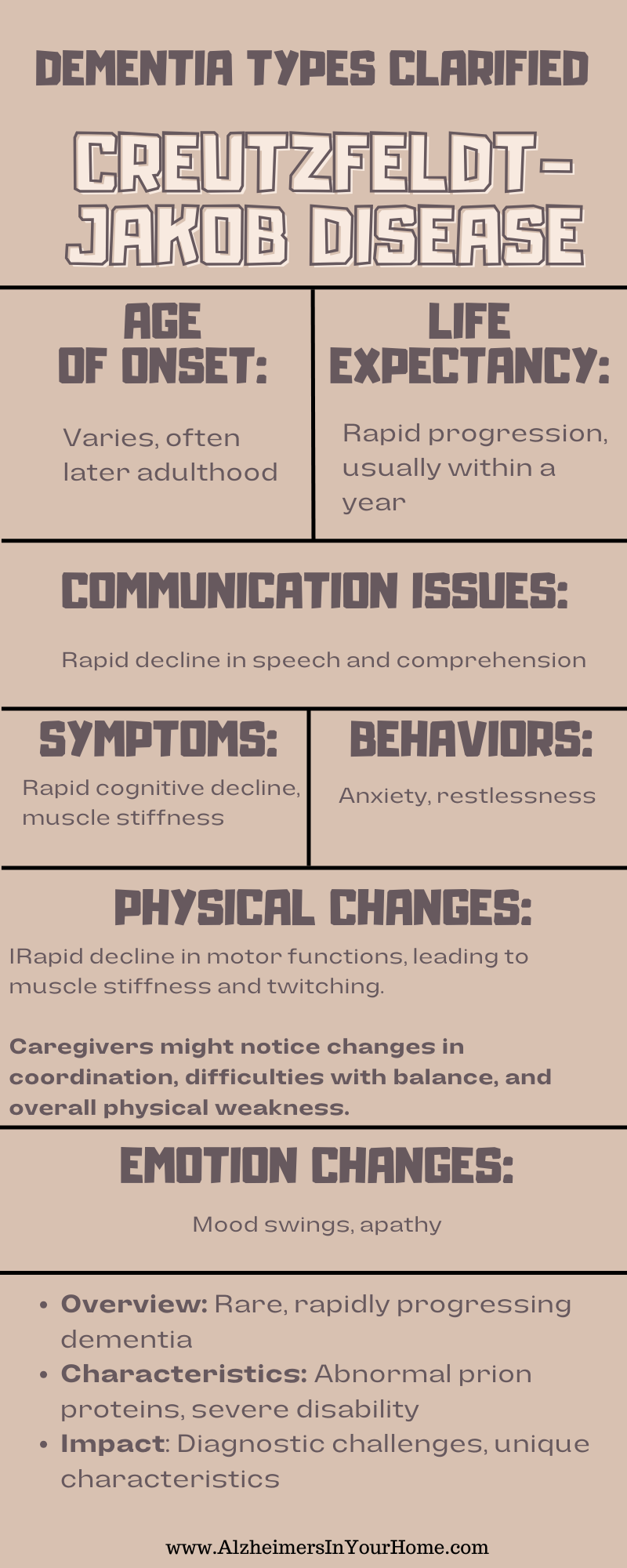Unlocking the Puzzle: Exploring the Different Types of Dementia
Dementia is like a puzzle with many pieces, each representing a different type of this complex condition. Understanding these pieces helps us comprehend the various ways dementia can affect individuals. Let’s embark on an educational journey to explore the different types of dementia, discovering their unique characteristics and challenges.

Alzheimer’s Disease:
The Common Thread
If dementia were a forest, Alzheimer’s disease would be one of its most prevalent trees. It’s the most common type, making up around 60-80% of all dementia cases.
In Alzheimer’s, abnormal protein clumps, called plaques and tangles, build up in the brain, disrupting communication between nerve cells. This leads to memory loss, difficulty in problem-solving, and changes in behavior.
While it often starts with mild forgetfulness, Alzheimer’s progressively affects daily life.


Vascular Dementia:
The Heart of the Matter
Imagine dementia as a river, and vascular dementia is like a dam affecting its flow. This type results from problems with blood supply to the brain, often due to strokes or other vascular issues.
The interruption in blood flow damages brain cells, causing difficulties in thinking, reasoning, and memory. Symptoms can vary depending on the location and size of the blood vessel damage, making each person’s experience unique.


Lewy Body Dementia:
The Dance of Shadows
Picture dementia as a dance, and Lewy body dementia is a partner with unpredictable steps. Named after abnormal protein deposits in the brain called Lewy bodies, this type combines features of both Alzheimer’s and Parkinson’s disease.
It brings not only memory issues but also visual hallucinations, fluctuations in alertness, and motor problems. The dance of symptoms can be challenging to navigate, making care and support crucial.


Frontotemporal Dementia:
The Shifting Sands
In the landscape of dementia, frontotemporal dementia is like shifting sands, affecting the front and sides of the brain. Unlike other types, it often appears earlier in life, typically between 40 and 65 years old.
This type leads to changes in personality, behavior, and language. People with frontotemporal dementia might exhibit socially inappropriate behavior or struggle with language, creating a unique set of challenges for caregivers.
Your content goes here. Edit or remove this text inline or in the module Content settings. You can also style every aspect of this content in the module Design settings and even apply custom CSS to this text in the module Advanced settings.


Mixed Dementia:
The Mosaic of Challenges
Imagine dementia as a mosaic, and mixed dementia is a combination of different pieces. It occurs when a person has more than one type of dementia simultaneously.
For example, someone might have both Alzheimer’s and vascular dementia. Untangling this mosaic is complex, as symptoms overlap and create a unique set of challenges for diagnosis and care.


Parkinson’s Disease Dementia:
The Twin Shadows
If dementia were a shadow, Parkinson’s disease dementia would be a twin following closely behind. People with Parkinson’s disease often experience dementia as the condition progresses.
It shares similarities with Lewy body dementia, such as visual hallucinations and motor issues. Understanding and managing both aspects become integral in providing comprehensive care.


Huntington’s Disease:
The Genetic Puzzle Piece
In the puzzle of dementia, Huntington’s disease is a genetic piece with profound implications. It’s caused by a faulty gene, and if a person inherits this gene, they will eventually develop the disease.
Huntington’s affects both the mind and body, leading to changes in movement, cognition, and behavior. Genetic testing plays a significant role in identifying the risk and managing the challenges associated with this type of dementia.


Creutzfeldt-Jakob Disease:
The Rare Enigma
Imagine dementia as a rare gem, and Creutzfeldt-Jakob disease is its enigmatic facet. It’s an uncommon, rapidly progressing type caused by abnormal proteins called prions.
This disease impacts movement, memory, and behavior, often leading to severe disability.
The rarity and unique characteristics of Creutzfeldt-Jakob disease present diagnostic and caregiving challenges that require specialized attention.


Understanding the Journey With Different Types of Dementia
In our exploration of the different types of dementia, it’s crucial to recognize the diversity of experiences individuals may face. Each type has its own set of characteristics, challenges, and caregiving considerations.
As we continue to unravel the mysteries of dementia, education and understanding become vital tools in providing compassionate care and support to those navigating this intricate journey.
For more information on the different types of dementia in this article or at the Alzheimer’s Association.
